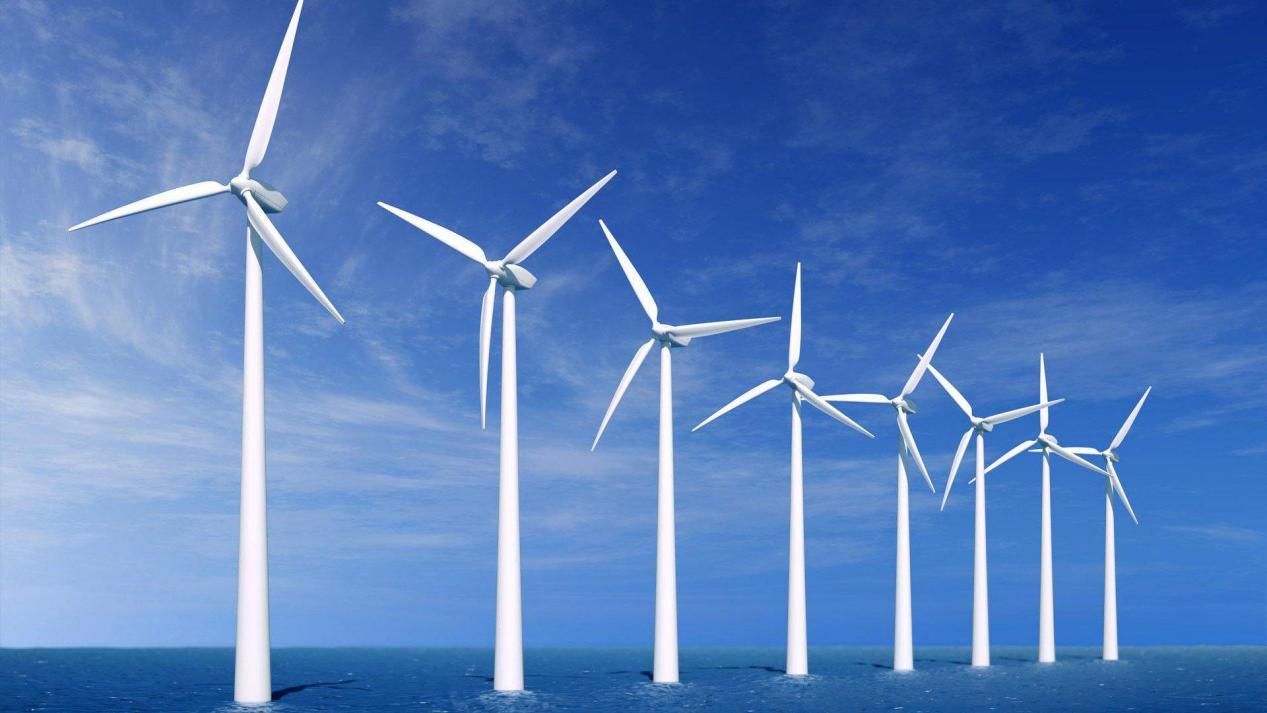E-Glass direct roving plays a significant role in the wind power industry as a crucial component in the manufacturing of wind turbine blades. Wind turbine blades are typically made using composite materials, and E-Glass direct roving is a key reinforcement material used in these composites.
Here’s how E-Glass direct roving is utilized in wind power applications:

Asia composite materials (Thailand)co.,Ltd
The pioneers of fiberglass industry in THAILAND
E-mail:yoli@wbo-acm.com Tel: +8613551542442
1.Composite Manufacturing: Wind turbine blades are usually made from composite materials, which combine different materials to achieve desired properties. E-Glass direct roving consists of multiple glass filaments that are bundled together into a single strand. These rovings are used as the primary reinforcement material in the composite structure of the blade.
2.Strength and Durability: E-Glass fibers offer excellent mechanical properties, including high tensile strength and stiffness. These properties are essential for ensuring that wind turbine blades can withstand the stresses and strains they experience during operation, including strong winds and rotational forces.
3.Corrosion Resistance: E-Glass is known for its corrosion resistance, which is important for wind turbine blades exposed to various environmental conditions, including moisture, salt, and temperature fluctuations.
4.Weight Reduction: Wind turbine blades need to be both strong and lightweight to maximize energy capture and minimize the stresses on the turbine components. E-Glass direct roving helps achieve this balance by providing high strength without adding excessive weight.
5.Manufacturing Process: During the blade manufacturing process, E-Glass direct roving is impregnated with resin (typically epoxy or polyester) to create composite material layers. These layers are then placed in molds and cured to form the final blade structure.
6.Quality and Consistency: E-Glass direct roving is designed to provide consistent properties along its length, ensuring uniformity in the composite material and, consequently, the blade’s overall performance.
7.Automation: The wind power industry aims to scale up production while maintaining high quality. E-Glass direct roving is compatible with automated manufacturing processes, which helps streamline the blade production process.
8.Environmental Considerations: While E-Glass itself is not biodegradable, the durability and longevity of wind turbine blades contribute to their overall environmental benefits by generating renewable energy over their operational lifetime.
It’s important to note that advancements in materials science continue to evolve, and there might be newer materials or processes beyond E-Glass direct roving that are being explored for wind turbine blade manufacturing.
Overall, E-Glass direct roving is a critical material in the wind power industry, contributing to the production of reliable and efficient wind turbine blades that help generate clean and sustainable energy.
Post time: Aug-18-2023




